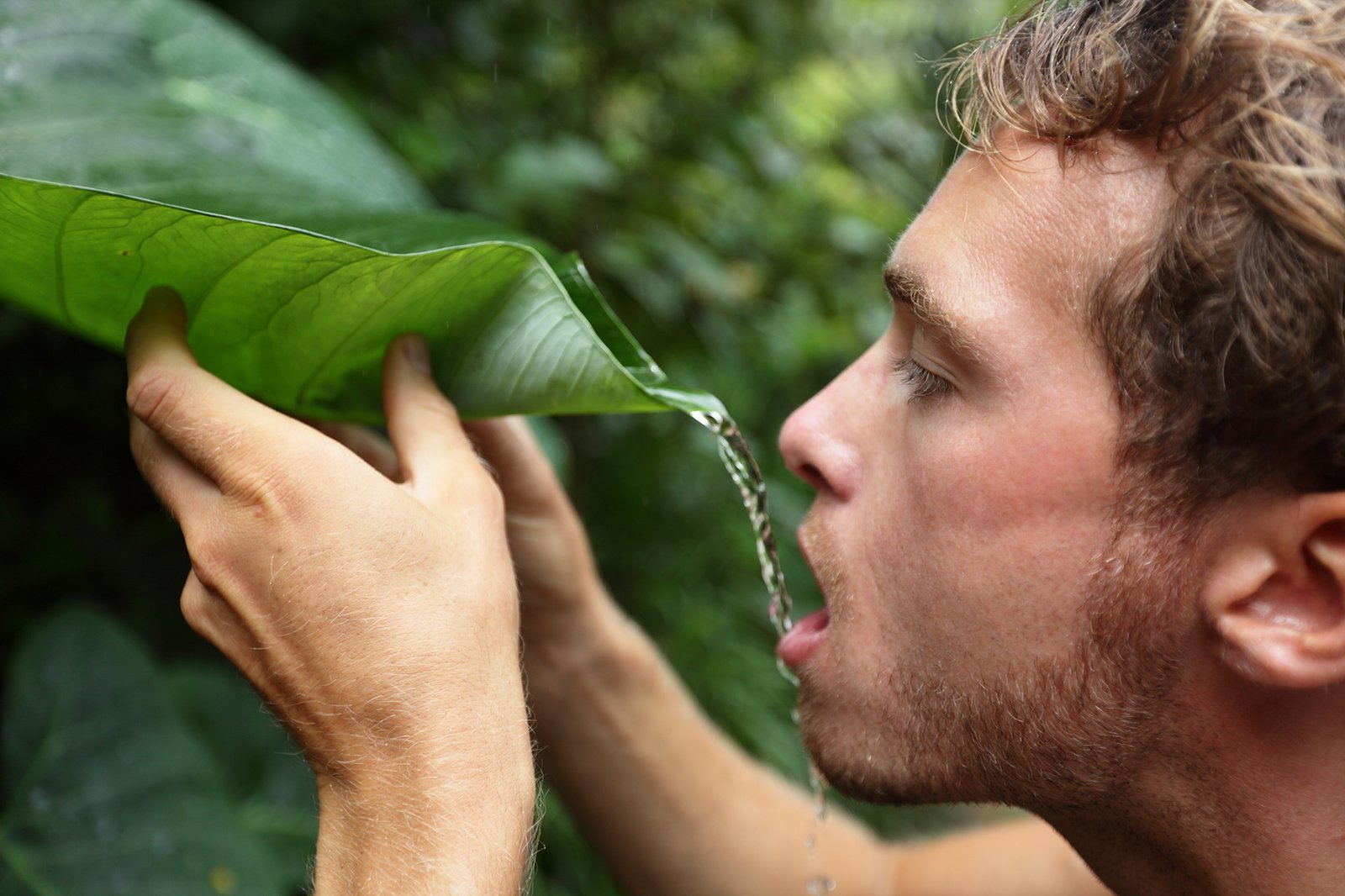Making rainwater fit for drinking

Rainwater harvesting is a good way to reduce your potable water use and impact on the planet while saving money on your water bills. Rainwater is mainly used for irrigation or toilet flushing since it can contain some contaminants such as leaves, sand, dust, bird excrement, algae and air pollution. As the majority of water consumed in households is for indoor use such as cooking, drinking and washing, it would make sense to use rainwater for these purposes as well. However, to be safe for these uses water needs to be of drinking quality. But, can rainwater be fit for drinking? Yes, after proper filtering and treatment it can be even cleaner than tap or bottled water.

The first step in making rainwater safe for drinking is collecting it right. Your rainwater system should be provided with proper screening on all gutters, downspouts and pipes to prevent any debris from entering the water collection system. A screen mesh of appropriate size should be used to catch the smallest leaves and twigs while also avoiding rapid clogging. It is also important to do regular maintenance cleaning on the roof and remove any accumulated debris on the screens.

The next step is filtering; this will remove any remaining debris from the water. Filtration systems are normally composed of multiple filters of increasing fineness that will gradually remove particles. For example, you may have a larger filter that will eliminate sand and bigger particles, followed by at least a second and third that will eliminate smaller ones. These can be screen or paper filters and charcoal or carbon filters. In order to select the appropriate filtering system it is important to define what your planned water usage will be and the water quality required for that. However, filtration is not enough to eliminate all substances in the water, especially microorganisms that can cause diseases.

Following filtering, the water should be properly disinfected or purified. We do not recommend drinking rainwater if it has not passed through proper treatment as it could cause serious health problems, especially if it is contaminated with animal faeces or chemicals released from certain types of roof cover. There are several products available on the market that can completely eliminate contaminants. They have been used for decades in local wells and households around the world; and they can be used in your house too!
You do not need to purify all the rainwater you collect if you will use part of it to water your garden or flush the toilet, it does not need to be of drinking quality for these purposes. It would be ideal to split your rainwater system so you can purify only the water that will be used for drinking, cooking and washing purposes, this will allow the use of a smaller and cheaper purification system.
Ways to disinfect/purify your water include reverse osmosis, ultraviolet (UV) light, chlorinitization, distillation. Chlorine is the most commonly used method of disinfection in public water systems but it creates harmful by-products and does not remove all potentially harmful organisms that need to be further removed by an additional purification system. UV light is another commonly used method, it penetrates the microorganism’s cells either killing or making it unable to reproduce and as a consequence it becomes harmless; it creates no by-products. Distillation is another generally available technology where water is heated and vapour is collected. This process is very energy intensive but removes almost all impurities from the water with the exception of volatile organic compounds that if present need to be removed by carbon filters. Reverse osmosis is an advanced membrane filtration technology that involves pushing water through a layer of material to remove chemicals, cysts, bacteria and viruses. It can come in small counter units or in whole house systems; it is not the cheapest option but the most practical for domestic use and produces the cleanest drinking water. In all cases it is good practice to test the water from time to time to make sure your system delivers the quality you expect.

So, yes you can make rainwater fit for drinking like in many other places around the world by following these three steps: collect right, filter, purify. You have to research system details and maintenance requirements and select the correct system for your needs as all of them have their pros and cons. Now that you know you can do it start producing your own drinking water and Green It Yourself…Now!
What do you think about producing your own drinking water? Please tell us on the comments below!






